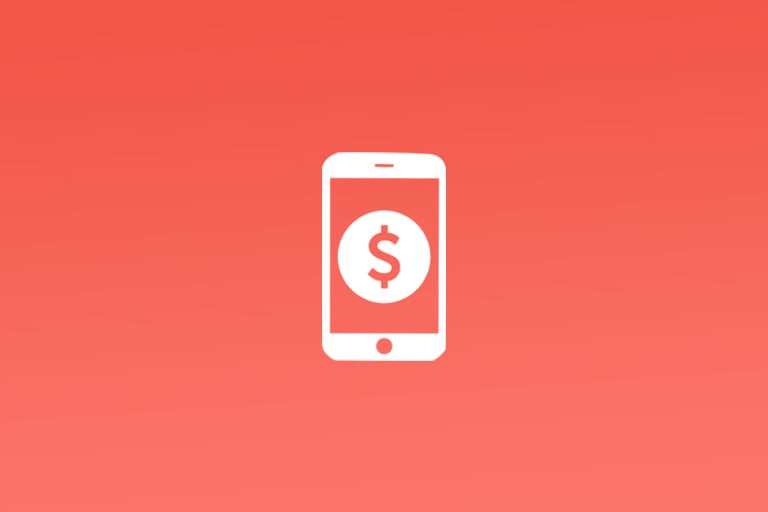Predictive analytics powered by AI and machine learning is revolutionizing how marketers approach their strategies. By analyzing historical data and predicting future trends, these technologies help app marketers optimize user acquisition, engagement, and retention efforts. This article explores how AI and machine learning can be leveraged in predictive analytics for app marketing.
What is Predictive Analytics?
Predictive analytics uses historical data, statistical algorithms, and machine learning techniques to forecast future outcomes. In app marketing, it allows businesses to anticipate user behavior, such as app downloads, in-app purchases, and churn rates. By turning data into actionable insights, predictive analytics enables marketers to make informed decisions and tailor their strategies to maximize app performance.
Continue Reading: Predictive Analytics In App Marketing
How To Use AI Machine Learning In Predictive Analytics?
An example on how to implement using AI Machine Learning In predictive analytics for marketing:
1. Define Objectives
Objective: The primary goals are to predict which users are likely to churn within the next month and to identify users who are likely to make in-app purchases. These insights will help the marketing team design targeted campaigns to retain users and boost revenue.
2. Data Collection
Collect data from various sources
- User Demographics: Age, gender, location.
- In-App Behavior: Time spent in the app, levels completed, achievements unlocked, session frequency, and duration.
- Purchase History: Number and value of in-app purchases, purchase frequency.
- Engagement Metrics: Push notification responses, in-app messaging interactions, social sharing activities.
- Feedback and Reviews: User ratings, comments, and survey responses.
3. Data Preprocessing
Prepare the data for analysis:
- Cleaning: Remove duplicate entries, handle missing values by imputation (e.g., filling missing values with the mean or median).
- Normalization: Scale numerical features like session duration and purchase value to ensure consistency.
- Feature Engineering: Create new features such as:"Average Session Duration": Total time spent in the app divided by the number of sessions.
- "Days Since Last Purchase": Time since the user's last in-app purchase.
- "Engagement Score": Composite score based on interactions with notifications and messages.
import pandas as pd
from sklearn.preprocessing import MinMaxScaler
# Sample DataFrame
data = pd.DataFrame({
'age': [25, 34, 22, 29, 40],
'gender': ['M', 'F', 'M', 'F', 'M'],
'time_spent': [500, 300, 400, 700, 200], # in minutes
'levels_completed': [10, 7, 15, 20, 5],
'purchase_value': [100, 0, 200, 150, 0], # in dollars
'session_frequency': [50, 30, 40, 70, 20],
'days_since_last_purchase': [30, None, 10, 5, None],
'churn': [0, 1, 0, 0, 1] # 0 for no churn, 1 for churn
})
# Handling missing values
data['days_since_last_purchase'].fillna(data['days_since_last_purchase'].mean(), inplace=True)
# Normalization
scaler = MinMaxScaler()
data[['time_spent', 'purchase_value', 'session_frequency', 'days_since_last_purchase']] = scaler.fit_transform(
data[['time_spent', 'purchase_value', 'session_frequency', 'days_since_last_purchase']]
)
# Feature Engineering
data['average_session_duration'] = data['time_spent'] / data['session_frequency']
data['engagement_score'] = data['session_frequency'] * data['levels_completed'] # Example of a composite score
4. Choose Models
Select and train appropriate machine learning models:
- Churn Prediction: Use a classification model like logistic regression, random forest, or gradient boosting.
- In-App Purchase Prediction: Use another classification model to predict the likelihood of making a purchase.
from sklearn.model_selection import train_test_split
from sklearn.ensemble import RandomForestClassifier
# Features and target for churn prediction
X_churn = data[['age', 'time_spent', 'levels_completed', 'session_frequency', 'days_since_last_purchase', 'average_session_duration', 'engagement_score']]
y_churn = data['churn']
# Train-test split
X_train_churn, X_test_churn, y_train_churn, y_test_churn = train_test_split(X_churn, y_churn, test_size=0.2, random_state=42)
# Model training for churn prediction
churn_model = RandomForestClassifier(n_estimators=100, random_state=42)
churn_model.fit(X_train_churn, y_train_churn)
5. Model Evaluation
Evaluate the model's performance using metrics such as accuracy, precision, recall, and AUC-ROC.
from sklearn.metrics import accuracy_score, precision_score, recall_score, roc_auc_score
# Predictions
y_pred_churn = churn_model.predict(X_test_churn)
# Evaluation
accuracy = accuracy_score(y_test_churn, y_pred_churn)
precision = precision_score(y_test_churn, y_pred_churn)
recall = recall_score(y_test_churn, y_pred_churn)
roc_auc = roc_auc_score(y_test_churn, y_pred_churn)
print(f'Accuracy: {accuracy:.2f}, Precision: {precision:.2f}, Recall: {recall:.2f}, AUC-ROC: {roc_auc:.2f}')
6. Deployment
Deploy the model to make real-time predictions and integrate it with the app’s backend system.
from flask import Flask, request, jsonify
import joblib
app = Flask(__name__)
# Save and load the trained model
joblib.dump(churn_model, 'churn_model.pkl')
churn_model = joblib.load('churn_model.pkl')
@app.route('/predict_churn', methods=['POST'])
def predict_churn():
data = request.get_json(force=True)
features = [data['features']]
prediction = churn_model.predict(features)
return jsonify({'churn': int(prediction[0])})
if __name__ == '__main__':
app.run(debug=True)
7. Monitoring and Maintenance
Continuously monitor the model’s performance and retrain it with new data to ensure it remains accurate and relevant.
def retrain_model(new_data):
# Process new data
X_new = new_data[['age', 'time_spent', 'levels_completed', 'session_frequency', 'days_since_last_purchase', 'average_session_duration', 'engagement_score']]
y_new = new_data['churn']
# Combine with existing data
X_combined = pd.concat([X_train_churn, X_new])
y_combined = pd.concat([y_train_churn, y_new])
# Retrain model
churn_model.fit(X_combined, y_combined)
joblib.dump(churn_model, 'churn_model.pkl')
Conclusion
By leveraging AI and machine learning for predictive analytics, app marketers can make data-driven decisions that enhance user retention and increase in-app purchases. Integrating predictive analytics into app marketing strategies is essential for staying competitive in today’s fast-paced digital environment.
Get Professional App Marketing Service With FoxData
Ready to make your app shine? Optimize your app's visibility with FoxData, the ultimate ASO tool! Maximize downloads and rankings by leveraging our powerful insights today. Then, boost your digital presence with FoxAdvert, our expert digital marketing agency! Partner with our expert team for targeted advertising strategies that drive results. Let's get started!







